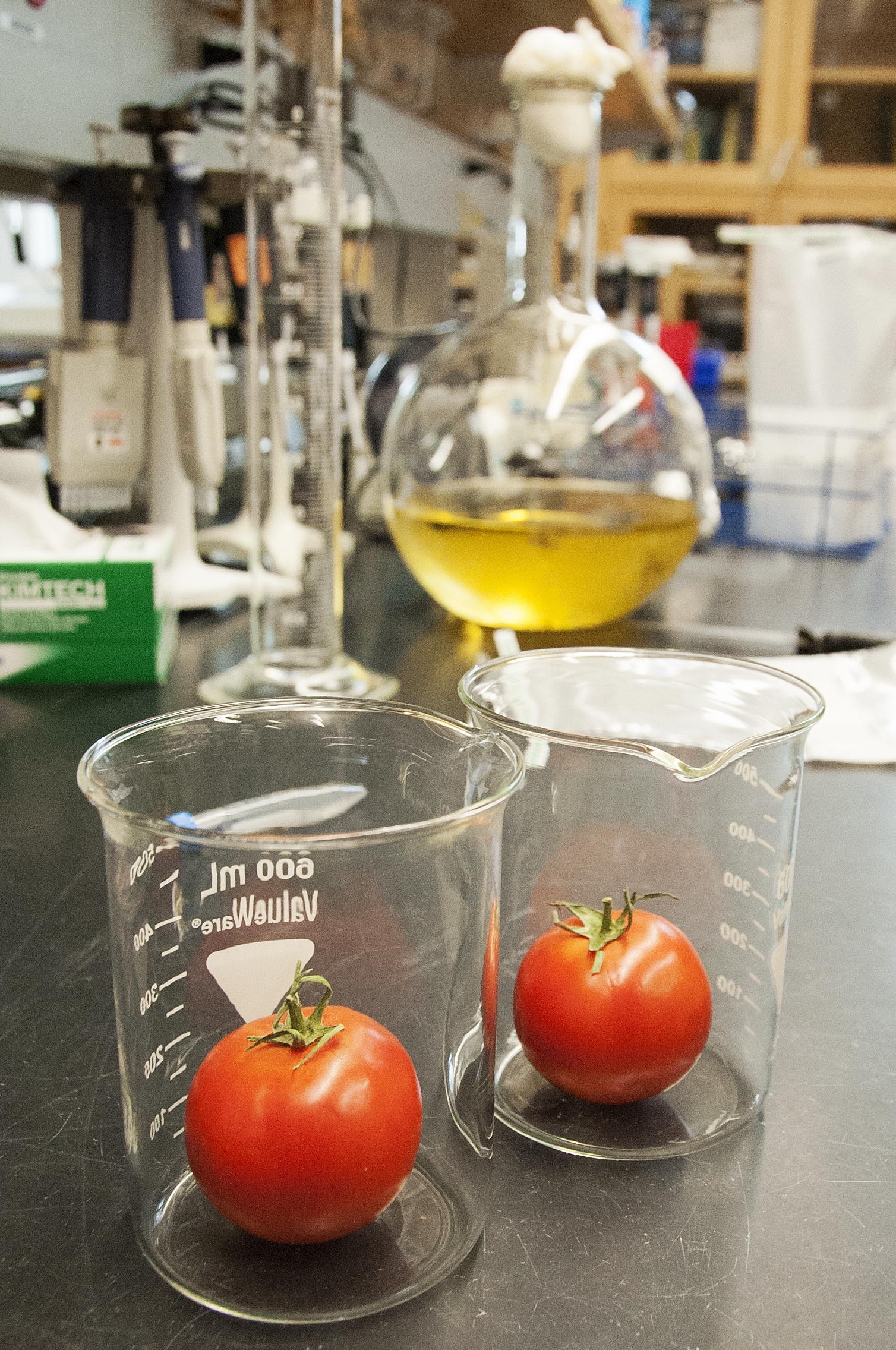User:Shawndouglas/sandbox/sublevel6
Title: What types of testing occur within a food and beverage laboratory?
Author for citation: Shawn E. Douglas
License for content: Creative Commons Attribution-ShareAlike 4.0 International
Publication date: August 2022
Introduction
The food and beverage laboratory plays a vital role in helping improve and secure our food supply and the consumable products that get made from it. It does this by playing a number of roles within the overall food and beverage industry, including within the research and development (R&D), pre-manufacturing and manufacturing, and post-production regulation and security phases of food and beverage production.[1] It's within these roles a multi-discipline approach to testing occurs, depending on the role played by the lab. However, regardless of role, all testing boils down to a means of better ensuring safer, more nutritious and delicious foods and beverages.
This brief topical article will borrow from previous discussion about food and beverage laboratories[1] and dive deeper into the types of testing taking place within the three primary roles such labs have within the industry.
Broad testing within the industry
Food and beverage laboratories tap into numerous scientific disciplines for the work they do. Among the various roles these labs serve, disciplines such as biochemistry, chemical engineering, chemistry, fermentation science, materials science, microbiology, molecular gastronomy, and nutrition and food science are applied.[2][3][4] As such, a diverse skillset may at times be required by the food and beverage scientist, with not only hard skills in microbiology, biochemistry, and fermentation, but also the flexibility and nimbleness to apply those skills to a rapidly changing consumer dynamic.[5]
Testing within the primary roles of a food and beverage lab
R&D roles
- Improving packaging
https://www.wiley.com/en-us/Food+Materials+Science+and+Engineering-p-9781405199223 https://blogs.3ds.com/biovia/how-food-materials-science-is-poised-to-start-a-revolution/ https://www.kobo.com/us/en/ebook/role-of-materials-science-in-food-bioengineering
- Genetic modification for improved yields and nutrition
https://books.google.com/books?id=qePEDwAAQBAJ
- Nutritional reformulation
https://books.google.com/books?id=vE_VDwAAQBAJ
- Flavor/aroma analysis and formulation
- Overall food innovation and development
https://books.google.com/books?id=DnB7AwAAQBAJ https://books.google.com/books?id=jqZJEAAAQBAJ
- Predicting and controlling spoilage
- Performing stability tests
https://books.google.com/books?id=YVwNCgAAQBAJ https://books.google.com/books?id=UK9tAgAAQBAJ&pg=PA508 https://www.innovolo.co.uk/article/the-ultimate-guide-to-shelf-life-stability-testing-services-dont-risk-your-new-products-safety https://www.sciencedirect.com/topics/food-science/accelerated-shelf-life https://www.formulaction.com/en/about-us/news/blog/challenges-in-food-and-beverage-stability
Pre-manufacturing and manufacturing roles
- Quality control testing
https://books.google.com/books?id=2YmpDwAAQBAJ
- Food sensitivities and allergens
- Nutritional analyses
- Caloric analyses
https://books.google.com/books?id=s3R-EAAAQBAJ
Post-production regulation and security roles
- Authenticity and adulteration testing
https://books.google.com/books?id=Q-8QCgAAQBAJ
- Quality control testing
https://books.google.com/books?id=2YmpDwAAQBAJ
Tangential laboratory work
- Processing equipment design and sanitation
https://books.google.com/books?id=iQDoDwAAQBAJ https://engineering-update.co.uk/2020/04/03/selecting-materials-for-standard-parts-in-the-food-and-beverage-industry-a-buyers-guide/ https://salasobrien.com/insights/engineering-for-quality-and-compliance-in-the-food-and-beverage-industry/
- Clinical diagnostic for foodborne illness
FoodNet Lab Testing: https://wwwn.cdc.gov/FoodNetFast/LabSurvey
Conclusion
This brief topical article sought to answer "what types of testing occur within a food and beverage laboratory?" It notes that in particular,
References
- ↑ 1.0 1.1 Douglas, S.E. (16 August 2022). "What is the importance of a food and beverage testing laboratory to society?". LIMSwiki. https://www.limswiki.org/index.php/LIMS_FAQ:What_is_the_importance_of_a_food_and_beverage_testing_laboratory_to_society%3F. Retrieved 16 August 2022.
- ↑ Nollet, L.M.L.; Toldrá, F., ed. (2015). Handbook of Food Analysis (Two Volume Set) (3rd ed.). CRC Press. pp. 1568. ISBN 9781482297843. https://books.google.com/books?id=KtAdCgAAQBAJ&printsec=frontcover.
- ↑ Nielsen, S. (2015). Food Analysis Laboratory Manual (2nd ed.). Springer. pp. 177. ISBN 9781441914620. https://books.google.com/books?id=i5TdyXBiwRsC&printsec=frontcover.
- ↑ Douglas, S.E. (July 2022). "Labs by industry: Part 2". The Laboratories of Our Lives: Labs, Labs Everywhere! (2nd ed.). LIMSwiki. https://www.limswiki.org/index.php/LII:The_Laboratories_of_Our_Lives:_Labs,_Labs_Everywhere!/Labs_by_industry:_Part_2. Retrieved 17 August 2022.
- ↑ "Diverse skill sets needed for growing opportunities". Institute of Food Technologists. 26 October 2020. https://www.ift.org/news-and-publications/news/2020/october/26/diverse-skill-sets-needed-for-growing-opportunities. Retrieved 17 August 2022.










